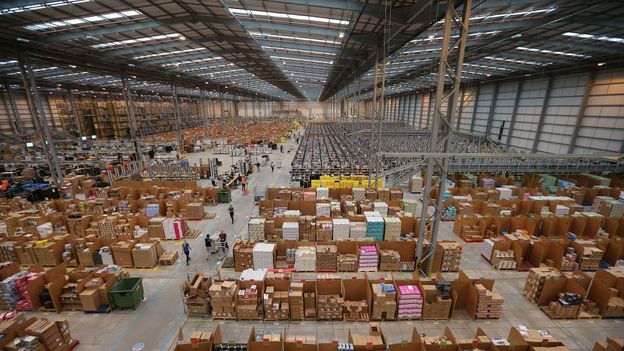For employers, shutting down mid-week gives “more bang for your buck”. he says. “The Wednesday break means you return to Thursday fresh, and this is when people feel most productive.”
Haar has tracked New Zealand estate management company Perpetual Guardian, which made headlines last year when it trialled a four-day week without any loss in productivity. Sick days were down, staff wellbeing was up, but the company did lose some staff who proved incompatible with flexible, condensed working.
‘A cause whose time has come’
For Andrew Barnes, CEO and owner of Perpetual Guardian, the four-day week is “a cause whose time has come”. While Versa’s Blackham was motivated by a desire to make workplaces more flexible and balanced, Barnes was prompted by a study that found workers were only productive for around two and a half hours a day. There had to be a better way to organise work time, he thought.
The five-day week is not an ancient phenomenon. Car manufacturer Henry Ford was pioneering in giving workers the weekend off in 1926, theorising it would make them more productive. Witnessing the march of technology, economist John Maynard Keynes predicted in 1930 that eventually the working week would be reduced to 15 hours.
Nearly 100 years on, organisations around the world are again revisiting how work weeks are structured. Great Britain and Ireland have shown particular interest in the four-day week, with the Trades Union Congress in the UK, Forsa in Ireland, the Scottish National Party and British Labour Party all considering the concept, at varying levels. Swedish regions have also played with offering shorter days or weeks, to mixed results, and even in notoriously long-working US, fast food chain Shake Shack this March announced it was trialling a four-day week in response to a tight labour market.
However, not all reduced hour trials have proven unmitigated successes. An experiment with six-hour days at state-run nursing homes in Gothenburg, Sweden, found that while sick day and productivity rates improved, staff costs rose considerably as more people needed to be hired to fill in the gaps.









